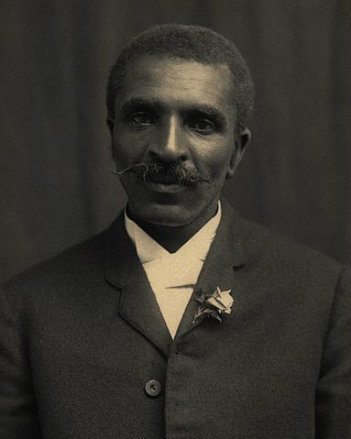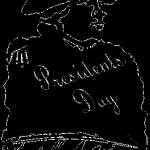The Life Of George Washington Carver
George Washington Carver became a talented botanist, agricultural researcher and educator. His life did not start out as one of privilege. Undeterred, George Washington Carver persevered, perhaps saving agriculture in Alabama and other areas.
Learn more about the life and significant contributions of George Washington Carver, who even created his own middle name.
Early Life of George Washington Carver
Born to slave parents on the farm of Moses and Susan Carver, George, his mother and sister became kidnap  victims of Confederate raiders. Live Science indicates that Moses Carver set out to find them, only locating George after the kidnappers sold them in Kentucky. Like some other aspects of his life, these details vary among sources. For example, History Channel states that “His mother and older brother were the only slaves of Moses and Susan Carver,” and that his mother “disappeared, presumed kidnapped.”
victims of Confederate raiders. Live Science indicates that Moses Carver set out to find them, only locating George after the kidnappers sold them in Kentucky. Like some other aspects of his life, these details vary among sources. For example, History Channel states that “His mother and older brother were the only slaves of Moses and Susan Carver,” and that his mother “disappeared, presumed kidnapped.”
The Carvers raised George like their own child. George never performed hard labor, instead joining Mary in the kitchen and garden. As Mary taught George to make herbal medicines, he quickly began experimenting on his own, making natural, plant-based pesticides and fungicides. His soil conditioner was so successful that he earned the nickname “the plant doctor” from local farmers.
When he arrived at Highland Presbyterian College on full scholarship, the school found reason to dismiss him upon discovering he was not white. As director of the Iowa State Experimental Station, he discovered two new fungi and began his study and experimentation in crop rotation.
Products And Myths Attributed To The Inventor
After receiving a letter from Booker T. Washington, George joined the Tuskegee faculty, perfecting his experimentation in crop rotation. It is believed that he discovered the peanut as the ideal alternative to cotton.
While George received credit for using peanuts as a crop alternative to cotton and creating “more than 325 products from the humble legume, helping to create demand for the plant and establish it as a major American crop,” Carver often receives credit for inventing peanut butter, yet it is not one of his creations.
Some products attributed to him includes “everything from plastics, glue, soaps and paints to dyes for cloth and leather, medicines and cosmetic ingredients made from peanuts, sweet potatoes, or other crops and agricultural residues,” explains the Biotechnology Innovation Organization. The organization also calls George Washington Carver, “one of the founding fathers of the branch of applied chemistry called the Chemurgy Movement, which derives industrial products from agricultural raw materials and the predecessor of modern industrial biotechnology.” He also invented the Jessup Wagon, a “horse-drawn classroom and laboratory for demonstrating soil chemistry,” according to Live Science.
according to Live Science.
Sustainable Practices & Relations
His sustainable practices developed into modern industrial biotechnology measures that Carver likely never
imagined, thanks to his original discoveries and inventions.
Another myth associated with Carver is that he was related to first U.S. President George Washington. He gave himself the middle name of “Washington,” with sources offering various reasons. Some sources claim the name Washington came as a result of another student in his classes with the same first and last name, while other sources claim Carver created his middle name as a tribute to his mentor and friend Booker T. Washington.
George Washington Carver died in 1943.






